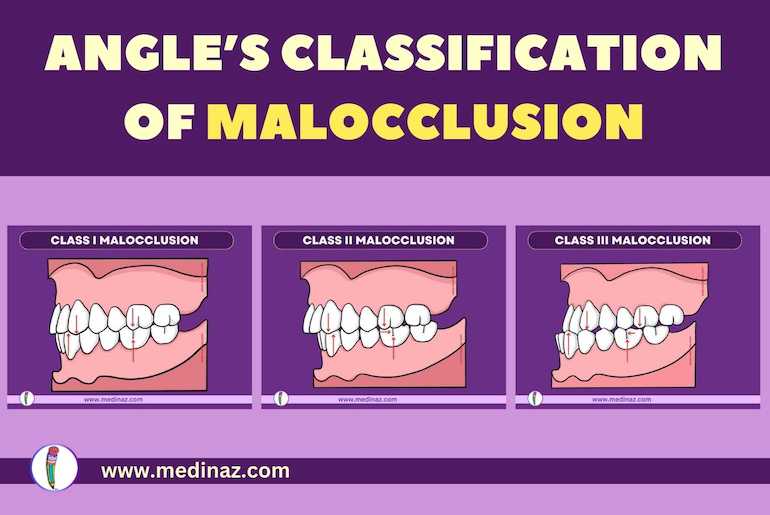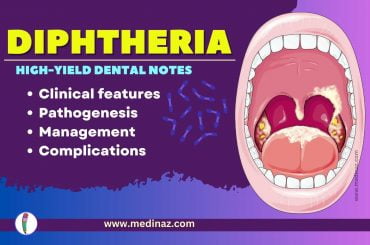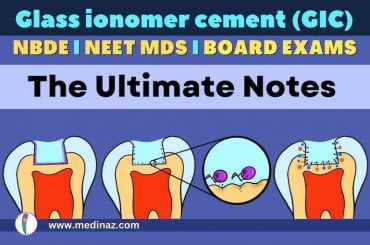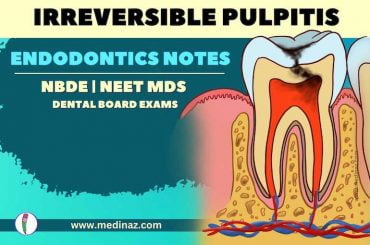ANGLE’S CLASSIFICATION OF MALOCCLUSION – High-yield Dental Notes
- Malocclusion refers to the improper alignment or relationship between the teeth of the upper and lower dental arches as the jaws come together.
- The term was first classified by Edward Angle, acknowledged as the father of modern orthodontics
- Angle’s classification system was grounded on the relative position of the permanent MAXILLARY FIRST MOLAR.
- He proposed that the relationship of the front and back dental bases can be accurately evaluated based on the relationship of the first permanent molar, given its stable position post-eruption.
- In scenarios where the first molars are absent, the CANINE relationship is employed as a reference point.
NORMAL OCCLUSION
- Molar Relationship: Angle postulates that the mesiobuccal cusp of the upper first molar fits into the buccal groove of the lower first molar in a normal occlusion.
- Canine Relationship: In a normal bite, the upper canine fits in between the distal half of the lower canine and the mesial half of the first premolar in the lower jaw.
- Occlusal Line: This is a continuous curve that all the teeth adhere to. In the upper jaw, this curve passes through the central fossae of the back teeth and the cingulum of the canines and incisors. Conversely, in the lower jaw, it traverses the buccal cusps of the back teeth and the incisal edges of the front teeth. The teeth are well-aligned with a normal overbite and overjet, and the midlines of the upper and lower jaws coincide.
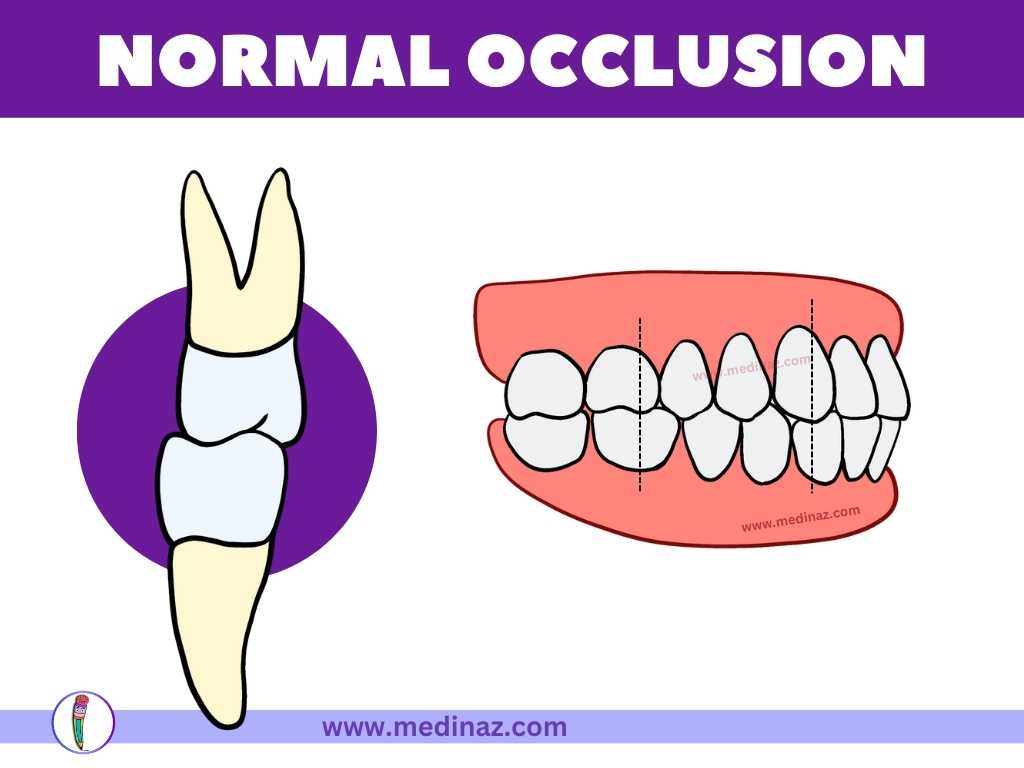
ANGLE Class I Malocclusion: NEUTROOCCLUSION
Molar Relationship: The mesiobuccal cusp of the maxillary first permanent molar occludes with the mesiobuccal groove of the mandibular first permanent molar.
Canine Relationship: The mesial incline of the maxillary canine occludes with the distal incline of the mandibular canine. The distal incline of the maxillary canine occludes with the mesial incline of the mandibular first premolar.
Line of Occlusion: ALTERED in the maxillary and mandibular arches.
- Individual tooth irregularities (crowding/spacing/other localized tooth problems).
- Inter-arch problems (open bite/deep bite/cross bite).
Mesognathic: normal, straight face profile with flat facial appearance.
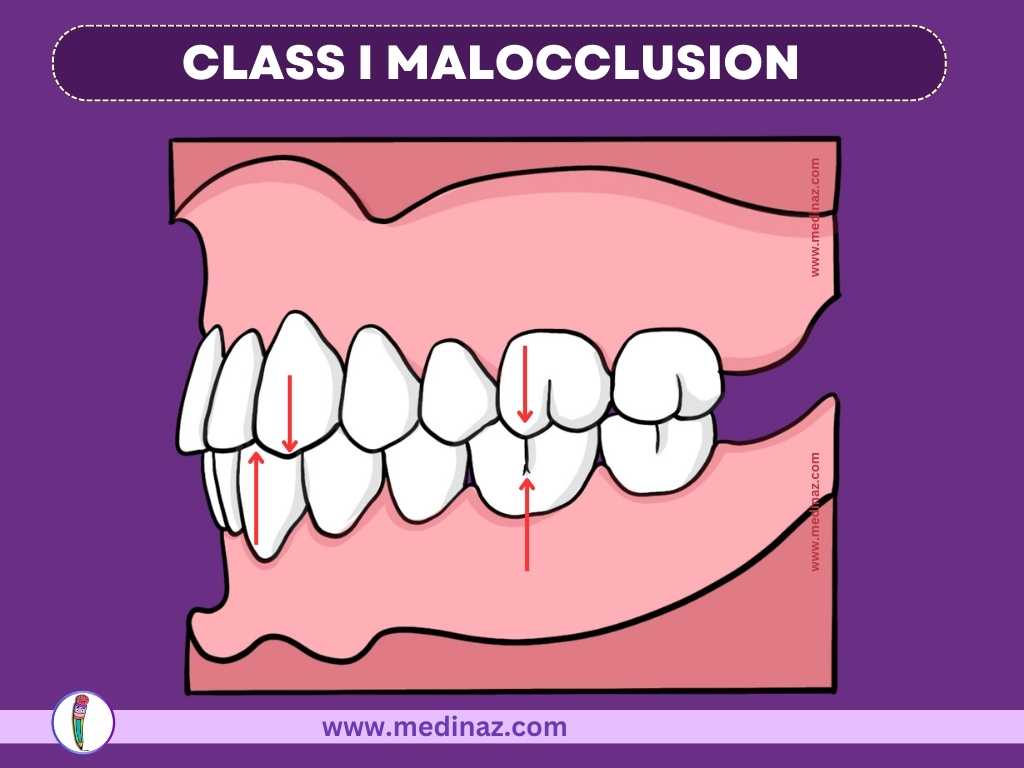
ANGLE Class II Malocclusion: DISTOOCCLUSION (overjet)
Molar relationship: The molar relationship shows the mesiobuccal groove of the mandibular first molar is DISTALLY (posteriorly) positioned when in occlusion with the mesiobuccal cusp of the maxillary first molar. Usually the mesiobuccal cusp of maxillary first molar rests in between the first mandibular molar and second premolar.
Canine Relationship: The mesial incline of the maxillary canine occludes ANTERIORLY with the distal incline of the mandibular canine. The distal surface of the mandibular canine is POSTERIOR to the mesial surface of the maxillary canine by at least the width of a premolar.
Line of occlusion is not specified but irregular, depending on facial pattern, overcrowded teeth and space needs.
Retrognatic: convex face profile resulting from a mandible that is too small or maxilla that is too large.
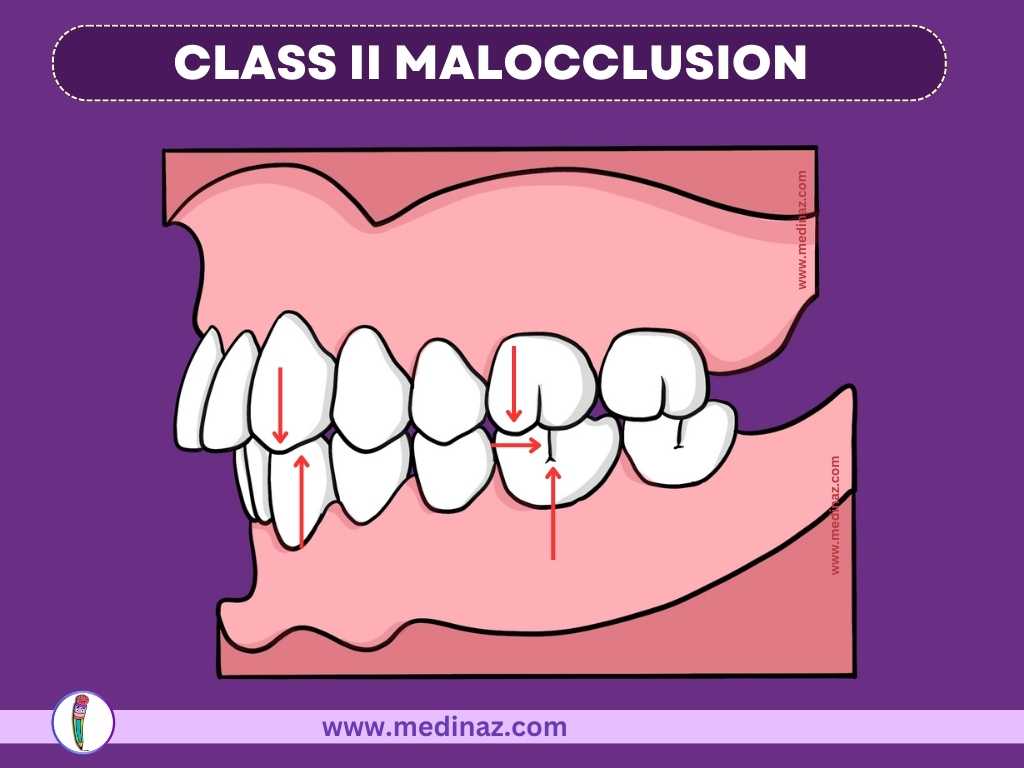
Class II Malocclusion has 2 subtypes to describe the position of anterior teeth:
• Class II Division 1: The molar relationships are like that of Class II and the maxillary anterior teeth are protruded. Teeth are proclaimed and a large overjet is present.
• Class II Division 2: The molar relationships are Class II where the maxillary central incisors are retroclined. The maxillary lateral incisor teeth may be proclaimed or normally inclined. Retroclined and a deep overbite exists.
CLASS II Sub-division: Class II molar relationship exists on one side and the other side has a normal Class I molar relationship.
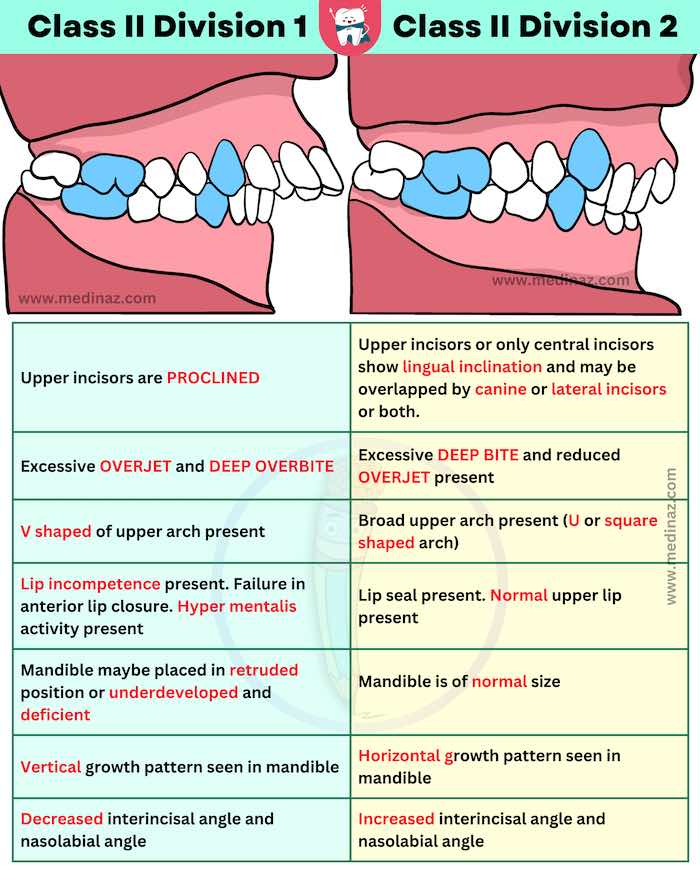
ANGLE Class III Malocclusion: MESIOOCCLUSION (negative overjet)
Molar relationship: The mesiobuccal cusp of the maxillary first permanent molar occludes DISTALLY (posteriorly) to the mesiobuccal groove of the mandibular first molar.
Canine Relationship: Distal surface of the mandibular canines are mesial to the mesial surface of the maxillary canines by at least the width of a premolar. Mandibular incisors are in complete crossbite.
Line of occlusion is not specified but irregular, depending on facial pattern, overcrowded teeth and space needs.
Prognathic: concave face profile with prominent mandible is associated with Class III malocclusion.

Class III malocclusion has 2 subdivisions:
1. TRUE class III malocclusion (SKELETAL) which is genetic in origin due to excessively large mandible or smaller than normal maxilla.
2. PSEUDO Class III malocclusion (FALSE or postural) which occurs when mandible shifts anteriorly during final stages of closure due to premature contact of incisors or the canines. Forward movement of the mandible during jaw closure can also result from premature loss of deciduous posterior teeth.
Class III Sub-division: Class III molar relationship exists on one side and the other side as a normal Class I molar relationship.
DEWEY’S MODIFICATION OF ANGLE’S CLASSIFICATION:
In 1915, Dewey refined Angle’s Class I and Class III classifications by creating distinct categories for misalignments in the anterior and posterior segments.
MODIFICATIONS OF ANGLES CLASS I
Type 1
Angles Class I with crowded maxillary anterior teeth
Type 2
Angles Class I with maxillary incisors in labio-version (proclined)
Type 3
Angle’s Class I with maxillary incisor teeth in linguoversion to mandibular incisor teeth (anteriors in cross bite)
Type 4
Molars and/or premolars are in bucco or linguoversion, but incisors and canines are in normal alignment (posteriors in cross bite).
Type 5
Molars are in mesio-version due to early loss of teeth mesial to them (early loss of deciduous molars or second premolar)
DEWEY’S MODIFICATION OF ANGLE’S CLASS III
Type 1
Individual arches when viewed individually are in normal alignment, but when in occlusion the anteriors are in edge to edge bite
Type 2
The mandibular incisors are crowded and lingual to the maxillary incisors.
Type 3
Maxillary arch is underdeveloped, in cross bite with maxillary incisors crowded and the mandibular arch is well developed and well aligned
Check Medinaz Free Dental Notes
A Visual Learning Platform

